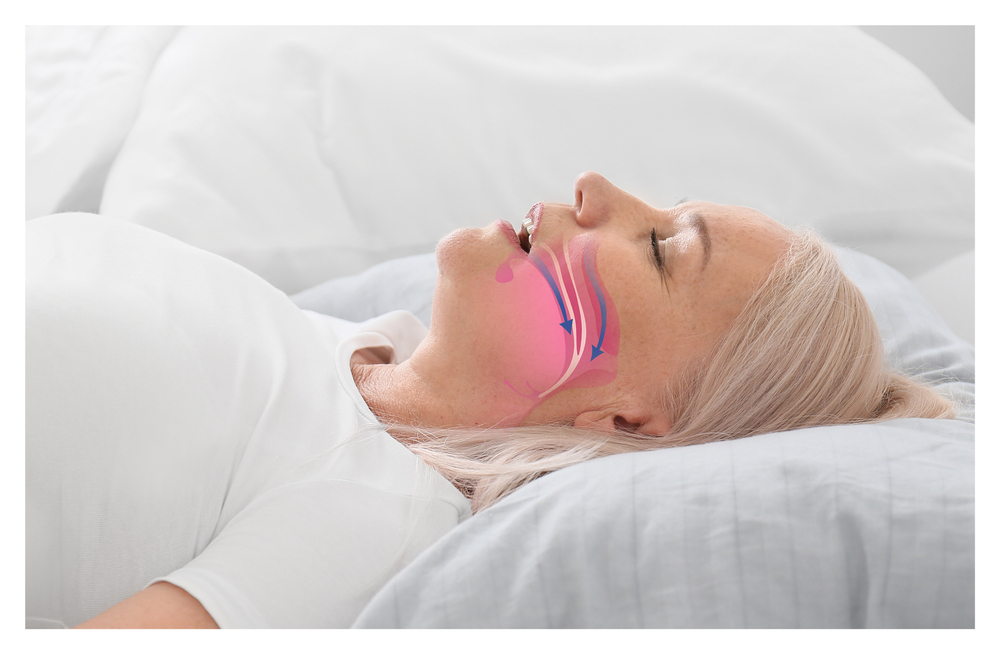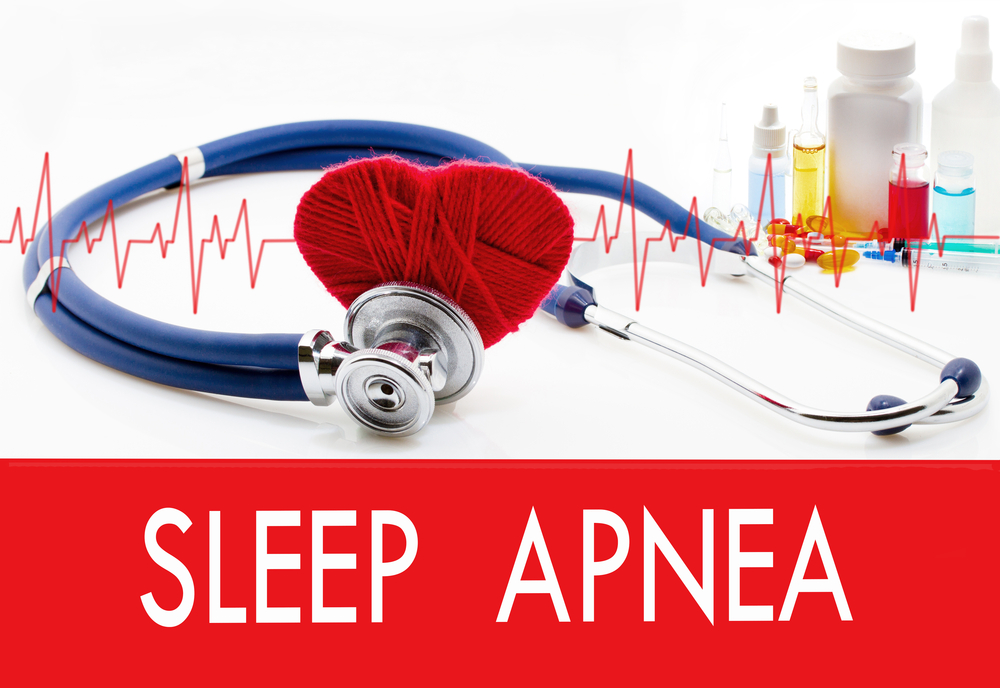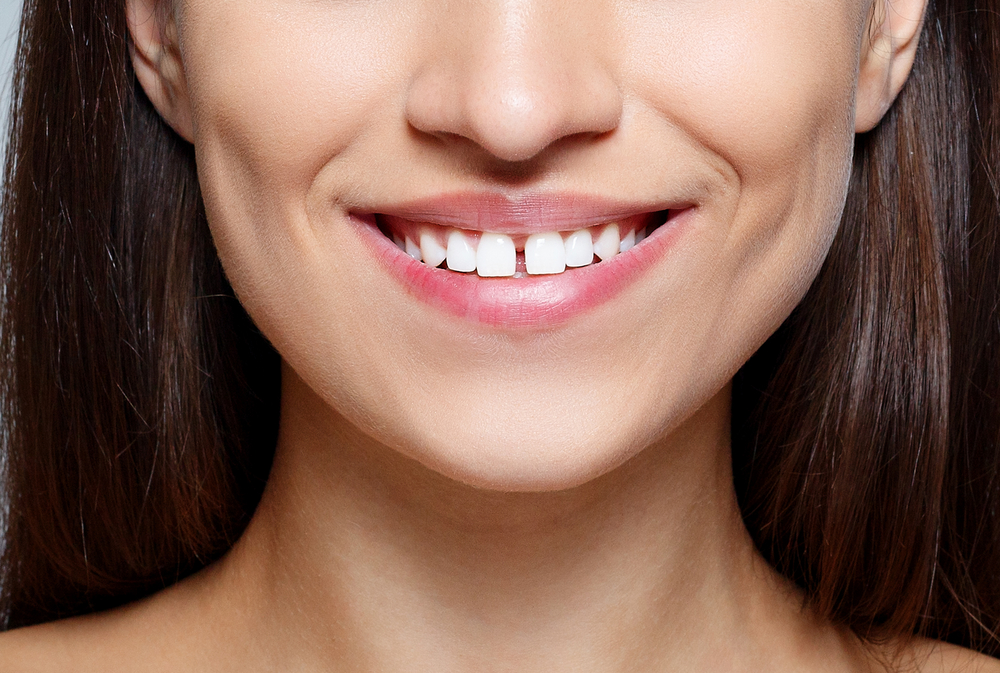The Importance of Retainers After Orthodontic Treatment
Are you wondering if you're going to need retainers after having your braces removed? The journey to achieving that perfect alignment with braces is one that requires dedication and patience. Spanning months, or even years for some, by its end, the anticipation of freeing one's teeth from the metal or ceramic fixtures is palpable. Yet, the importance of retainers after orthodontic treatment cannot be emphasized enough. While the braces chapter might conclude, a new chapter begins: the retainer phase. Custom-crafted devices, either made of wires or clear plastic, play the pivotal role of ensuring that your teeth remain in their newly acquired, desirable positions. How Do Retainers Work? Retainers are meticulously designed to hold the position of your teeth after braces. Post braces, there's a natural inclination for teeth to revert to their initial spots—a situation termed "relapse". Retainers stand as the bulwark against this tendency. Snugly fitting over your teeth, they provide the necessary resistance against [...]










